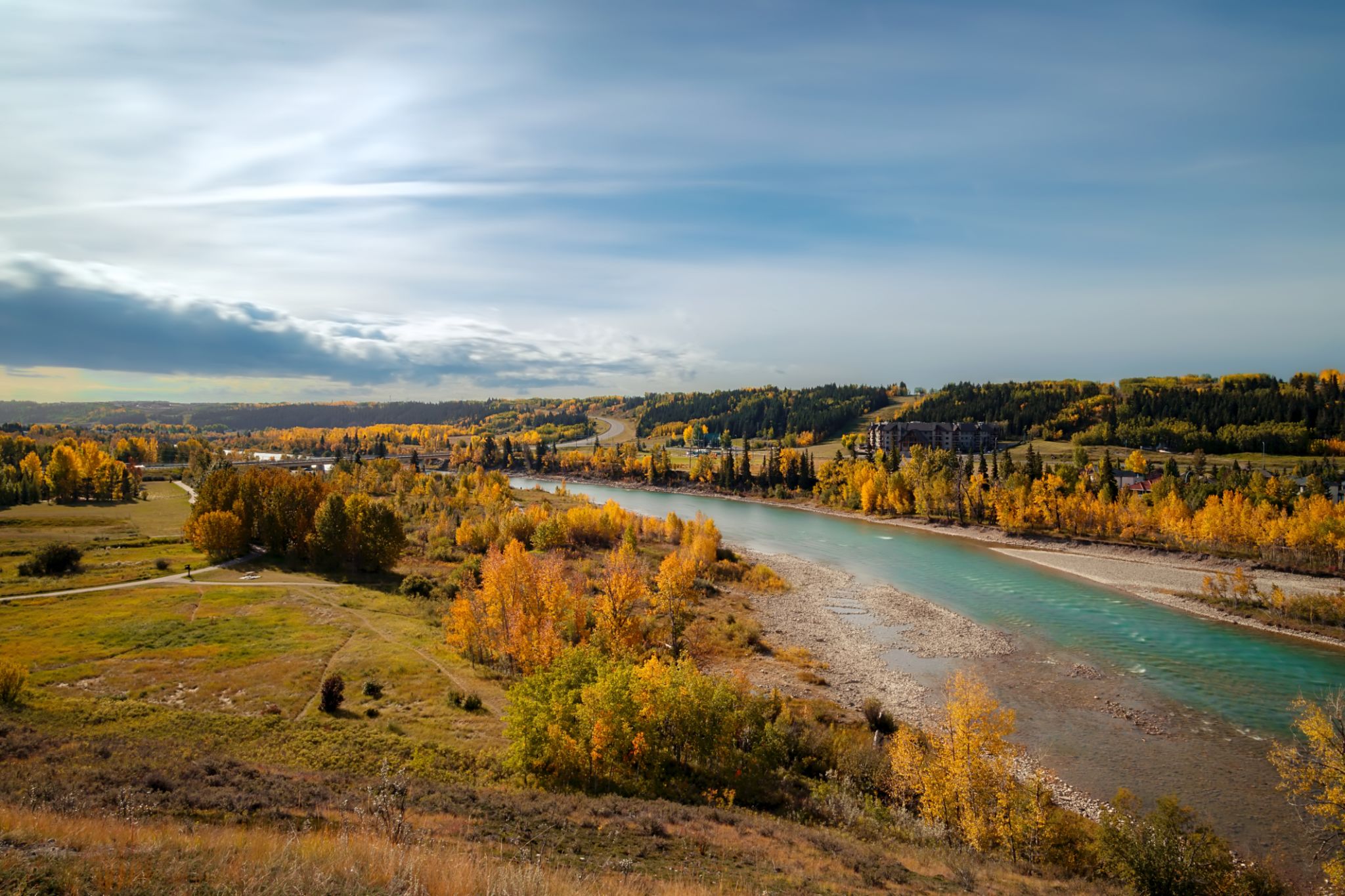Comprehensive Guide to Habitat Restoration: Expert Insights from Alberta
Understanding Habitat Restoration
Habitat restoration is a crucial environmental practice aimed at rehabilitating and restoring ecosystems that have been degraded, damaged, or destroyed. In Alberta, a region known for its diverse ecosystems—ranging from grasslands to boreal forests—restoration efforts are essential for maintaining biodiversity and ecological balance.

The Importance of Habitat Restoration
Restoring natural habitats not only supports wildlife but also helps in mitigating climate change. By restoring ecosystems, we can enhance carbon sequestration, improve air and water quality, and bolster the resilience of natural landscapes against environmental stressors.
In Alberta, habitat restoration plays a significant role in preserving native species and providing sustainable land-use solutions. Efforts in this province often involve collaboration between government bodies, non-profit organizations, and local communities.
Key Principles of Effective Restoration
Successful habitat restoration projects are guided by several key principles. Community involvement and scientific research are integral to understanding the unique needs of each ecosystem. Restoration strategies should be adaptive and responsive to ongoing environmental changes.

Setting Clear Objectives
One of the first steps in any restoration project is setting clear objectives. This includes identifying the specific goals, such as reintroducing native species or controlling invasive species, and developing a strategic plan to achieve these outcomes.
Effective monitoring and evaluation are essential for measuring progress and adapting strategies as necessary. This ensures that the efforts lead to tangible improvements in habitat quality and biodiversity.
Techniques and Approaches in Alberta
Various techniques are employed in Alberta’s habitat restoration projects, tailored to the unique demands of local ecosystems. These can include reforestation, wetland creation, and grassland management.

Reforestation Efforts
In the boreal forests of Alberta, reforestation is a common practice. It involves planting native tree species to restore forest cover, which provides habitat for wildlife and contributes to climate regulation.
Reforestation efforts often leverage modern technology for efficient seedling propagation and planting, ensuring high survival rates of newly established vegetation.
The Role of Technology in Habitat Restoration
Technology plays a pivotal role in enhancing the effectiveness of restoration projects. Remote sensing tools and geographic information systems (GIS) are used for mapping landscapes and monitoring changes over time. These technologies help in making informed decisions and optimizing resource allocation.

The Future of Habitat Restoration
As climate change continues to pose challenges, the future of habitat restoration will likely include more innovative approaches that integrate technology with traditional ecological knowledge. Collaborative efforts across sectors will be crucial in scaling up successful initiatives.
By prioritizing habitat restoration, we can ensure a sustainable future for Alberta’s ecosystems, benefiting both nature and society at large.